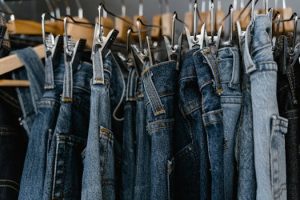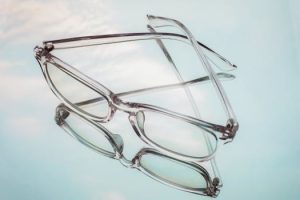EU’s Ecodesign Regulation: How Brands Are Adapting by 2025
The European Union (EU) has long been known for its strict environmental regulations and initiatives. In recent years, the EU has taken even greater strides towards sustainability by implementing the Ecodesign Directive, a legislation aimed at ensuring that products placed on the market are environmentally friendly. With the EU’s Ecodesign Regulation set to take full effect by 2025, businesses all over Europe are now faced with the challenge of adapting to these new sustainable standards. In this article, we will take a closer look at the EU’s Ecodesign Regulation and how brands are preparing for its implementation by 2025.
Understanding the EU’s Ecodesign Regulation
The Ecodesign Directive was first introduced in 2005 as an initiative to reduce the environmental impact of certain energy-using products (EuP) placed on the market in the EU. It was later replaced by the Ecodesign Regulation in 2009, which expanded its scope to cover all energy-related products (ErP), not just those that consume energy during use. The main goal of the Ecodesign Regulation is to promote the circular economy and reduce the overall environmental impact of products throughout their life cycle.
Scope and Requirements of the Ecodesign Regulation
The Ecodesign Regulation applies to a broad range of products, including electronics, household appliances, lighting, heating and cooling systems, and more. These products must meet certain environmental and energy efficiency requirements in order to be placed on the EU market. This includes reducing energy consumption, improving product recyclability and recyclable materials, and minimizing the use of hazardous substances. The EU also mandates that manufacturers provide accurate and transparent information about the energy consumption and environmental impact of their products.
Challenges Faced by Brands
Despite the Ecodesign Regulation being in place for over a decade, many brands are still struggling to meet its requirements. One of the main challenges faced by brands is the need to redesign their current products to be more sustainable. This often means investing in new technology, materials, and production processes, which can be time-consuming and costly. In addition, brands must also ensure that their supply chain complies with the Ecodesign Regulation, as any non-compliant components can ultimately lead to product failure and potential fines.
How Brands Are Adapting by 2025
The EU has set ambitious long-term goals for the Ecodesign Regulation, and it is clear that brands must take action in order to comply. Here are some ways in which brands are currently adapting to the Ecodesign Regulation and preparing for its full implementation by 2025:
Investing in Sustainable Materials and Production Processes
In order to meet the requirements of the Ecodesign Regulation, brands are increasingly incorporating sustainable materials and production processes into their products. This includes using materials that are more easily recyclable and reducing the use of hazardous substances. Some brands have also started to explore alternative production methods, such as using 3D printing technology, to minimize waste and conserve resources.
Updating Product Designs and Features
Many brands are also working on redesigning their products to increase energy efficiency and reduce environmental impact. This may involve incorporating features such as automatic shut-offs, energy-saving modes, and more. Some brands have also started to offer repair and recycling services to extend the lifespan of their products and minimize waste.
Collaborating with Suppliers and Stakeholders
As the Ecodesign Regulation covers the entire life cycle of a product, brands must work closely with their suppliers and stakeholders to ensure compliance. This includes sourcing sustainable materials, optimizing transportation and logistics, and improving energy efficiency in manufacturing and packaging processes. By collaborating with suppliers and stakeholders, brands can ensure that their entire supply chain is aligned with the goals of the Ecodesign Regulation.
In Conclusion
The EU’s Ecodesign Regulation represents a major step towards a more sustainable future. While brands may face some challenges in adapting to these new standards, it is clear that investing in sustainability now will have long-term benefits for both the environment and their bottom line. As 2025 approaches, it is crucial for brands to continue to innovate and make changes in order to meet the requirements of the Ecodesign Regulation and remain competitive in the EU market.




